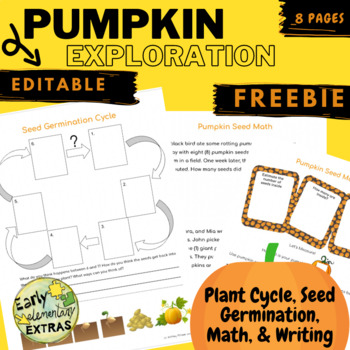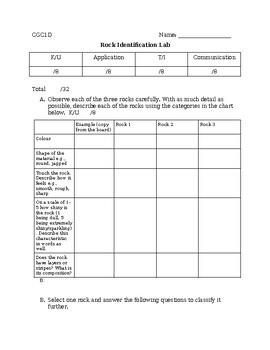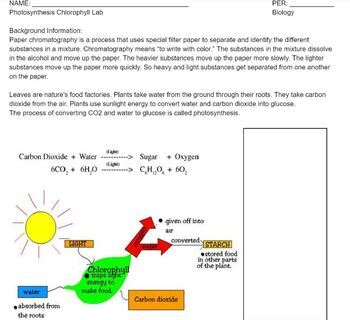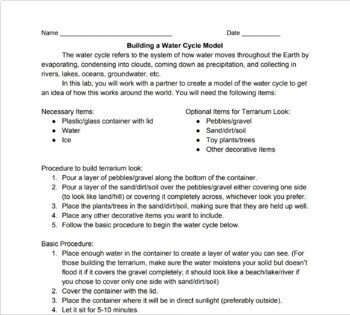5 results
Earth sciences Common Core CCRA.W.4 laboratories

Plant Life Cycle Unit FREE, Fall themed pumpkin exploration less and experiment
Need a fun lesson this October? Look no further. This plant life cycle unit incorporates science, math, and writing. Students will have a blast with this hands on learning packet. What’s Included:Link to suggested educational videosCut and Paste Plant cycle activityWriting worksheetMath worksheet - math with pumpkin seedsExperiment instructions and labWhat your students will learn:About the plant cycleAbout seed germinationPractice descriptive writing skillsHands on basic mathPractice the scient
Subjects:
Grades:
1st - 3rd
Types:
NGSS:
K-LS1-1
, 2-LS2-1

Geography/ Earth Sciences Rock Identification Lab
An interactive rock identification lab which meets grade 9 geography and grade 8 science curriculum expectations. Students will explore and identify rock types in groups for 3-4 classes.
Subjects:
Grades:
8th - 10th
Types:
NGSS:
HS-ESS3-5

How does Earth's Axial Tilt affect the Seasons? Day 2
The students complete a virtual lab with real time data on how Earth's Axial tilt affects the Season in the Spring in NYS. The students change the Axial tilt from 18 to 30 degrees and the generate data on how the angle of insolation and Solar radiaion changes throughoghout March April, and May. They investigate the Implications how climate change can be altered significantly.
Subjects:
Grades:
9th - 11th
CCSS:
NGSS:
HS-ESS1-4

Plant Pigment Lab
Students will use spinach leaves to calculate the Rf values of different pigments. This lab will take 2-3 50 minute class periods. Materials needed: Isopropyl alcohol Ruler Spinach leaf Scissors chromatography paperPencilBeaker or cupcolored pencilsCoins.
Subjects:
Grades:
8th - 12th
Types:
CCSS:
NGSS:
HS-LS2-5

Water Cycle Model Lab
Lab focuses on creating a model of the water cycle to give a better understanding of how it works and for students to apply what they have learned. Students will build a model, make observations, then answer questions based on the lab activity that apply to the water cycle.
Subjects:
Grades:
5th - 7th
Types:
NGSS:
MS-LS2-3
, MS-LS2-1
, MS-ESS2-1
, MS-ESS2-4
, 5-ESS2-1
...
Showing 1-5 of 5 results





